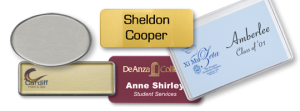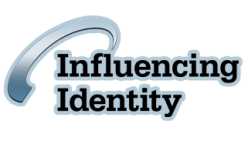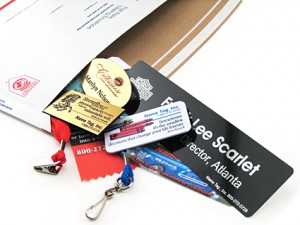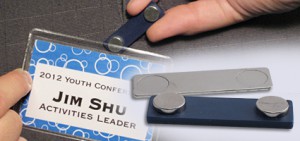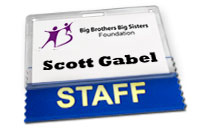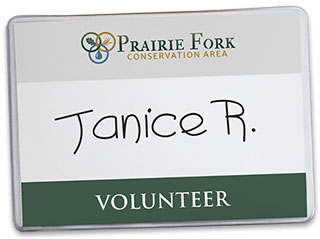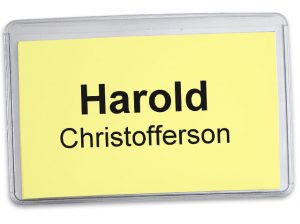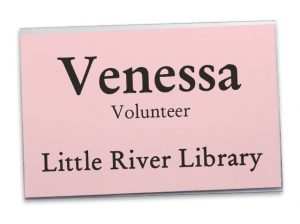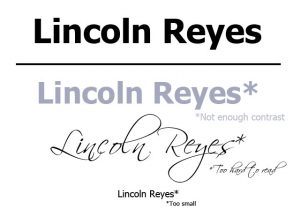Miss Manners answered a question that runs rampant among workers who wear a name tag as part of a uniform. While this question is not always comfortable to ask, we are here to answer it. Name tags are a great tool for personal identification. People have been using them for many, many years in many, many circumstances. Retailers, restaurants, hotels and other consumer service providers continue to use them.
The question posed: “Is it presumptuous to start a personal conversation with a person who is wearing a name tag?”
Miss Manners gave the following answer:
Miss Manners: A name tag does not invite personal questions. A server’s name tag is not an invitation for friendship.
By Judith Martin, “Miss Manners” (Advice Columns, August 11, 2015)
DEAR MISS MANNERS:
Sometimes I see patrons in a store or restaurant peer at the service employee’s name tag and say something like, “Hello there . . . Tiffany . . . how are you today?” It always comes out with this forced conviviality, as if to say, “Look, everyone! I’m a good, egalitarian person treating the lowly server as a person. Isn’t that great of me?”
I think it actually says, “You have such a menial job that you’re forced to wear a stupid name tag, so I know your name and feel free to use it even though I don’t know you — but you don’t know my name because I’m a higher-class person and get to dress the way I want.”
I think name tags are just so you know whom to refer to if needed, as in, “I think Tiffany is our server. Could you ask her to bring the check?” Am I right to see this as presumptuous behavior?
GENTLE READER:
The presumption in the greeting you mention is not in using Tiffany’s name, but in asking the waitress how she is “doing,” a question about her mood or life that is not relevant to the business at hand.
Miss Manners has no objection to using a form of address that has been supplied by the addressee, even if, in this case, it may technically have been Tiffany’s boss who chose the form. She does wish the form supplied was more formal, as she agrees with you that first names in this context are an invitation to mistreatment.

So, in not so many words, remember what Miss Manners teaches about the etiquette of respecting someone’s personal boundaries. While it is nice to know your server’s name at a restaurant, be kind. Treat all those in service positions in the same manner in which you want to be treated. Name tags are a convenient way of remembering someone’s name. They are an identifier and as such, we should treat them with respect.
No matter your profession, we have a name tag that is suitable for your needs.
